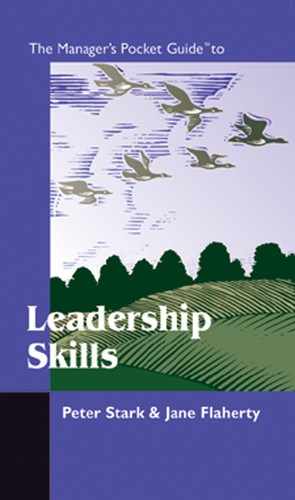Tips for Conducting the Interview
,1. Create a positive climate. To help the employee relax, it is a good idea to begin the interview with a few minutes of light, easy conversation. Perhaps start with a comment about a recent event at work, a sporting event, or something in the news. Beginning this way helps build rapport with the employee and may help the employee overcome his or her initial nervousness.
2. Ask questions. In order to be effective and of value, the employee must be encouraged to talk. Many employees are hesitant about participating in an annual review, feeling that it is their supervisor’s job to determine their ratings and their job to accept the ratings without question. Using open-ended questions such as, “Will you tell me about occasions when you have exceeded this element?” will provide you with further documentation and convey to the employee that the review is a two-way process involving both the boss and the employee.
3. Listen. In order to build rapport with the employee, supervisors must not only ask for employee input, but truly listen. By that, we mean listen without interrupting and listen with an open mind. While we may have already decided an employee’s rating, the employee may be able to present information that will change our perception about his or her performance in a particular area. Listening with an open mind tells the employee, “I value your input,” and helps build rapport with the employee.
4. Focus on performance. In order to remain objective, avoid such descriptions as “attitude,” “not professional,” and “unreliable” when describing an employee’s performance. These terms are vague, mean something different to everyone, and are hard to measure. Further, employees understandably become defensive when a supervisor tells them they have a “bad attitude” or are “not professional.” They immediately begin searching for exceptions to convince you otherwise.
Instead, focus specifically on the job elements and the performance standards. Measure the employee’s level of performance against the performance standards indicated in the performance review document. People are more receptive to negative feedback when it deals specifically with the standards indicated in the review document. They do not accept negative feedback when it attacks them personally.
Under no circumstances should an employee’s performance be compared with the performance of another employee. Comparing employees’ performance builds resentment between employees and never achieves the outcome you desire.
5. Avoid confrontation. When discussing an employee’s level of performance in comparison with the performance standards indicated in the review, avoid confrontation and argument. To get further information, ask questions and listen. Arguing will destroy the rapport you are trying to build with the employee and limit the two-way communication you are trying to establish. Ensuring that communication remains two way helps guarantee that the performance interview will meet the needs of both the supervisor and the employee and result in a “win-win” situation for both people.
6. Emphasize an employee’s strengths. It is normal to be preoccupied with thoughts about performance areas where you would like to see the employee improve. However, do not overlook the employee’s strengths. Acknowledge what the employee does well and build on these strengths.
7. Identify areas for improvement. Discuss areas of concern you have with the employee’s performance relative to a particular job standard. It is important to acknowledge specifically the performance that does not meet the standard. For example, you may note that the employee averages two to three errors per written page of correspondence. It is important to have samples of the correspondence to demonstrate why you are concerned about the performance. The acceptable level of performance indicated in the employee’s job standards is “written correspondence is grammatically correct and error free.”
Other than acknowledging the samples of errors on the correspondence, do not dwell in the past. Instead, focus on future employee performance. For example, you might ask the employee, “What can you do differently in the future to avoid these errors that make us look less than the professionals we are?” Many employees resent being told how to change their behavior. If, however, they are permitted to come up with their own solutions, they are more committed to making changes in their behavior that will result in increased levels of performance.
8. End the performance review interview positively. It is important to review the employee’s strengths before the conclusion of the interview and end on a positive note. Acknowledging acceptable areas of performance helps ensure that the employee will continue to make an effort to meet or exceed the standards. Focusing only on the negative aspects of the employee’s performance, or ending the interview on a negative note, will increase the likelihood that the employee will leave thinking, “Why bother? You don’t think I’m making a real effort anyway. In the future, you’ll get just enough from me so that I can collect my paycheck!”
Step Six: The Performance Improvement Plan
A performance improvement plan describes a course of action taken by both the supervisor and employee that will lead to improved employee performance on the job. During the review interview, job elements in which the employee was not meeting minimum acceptable levels of performance were discussed. The first step in developing an improvement plan is to pick one, or possibly two, job elements to be worked on. Typically, if there is more than one job element requiring improved performance, the most critical one should be chosen first for the plan. (A sample improvement plan is provided at the end of this chapter.)
